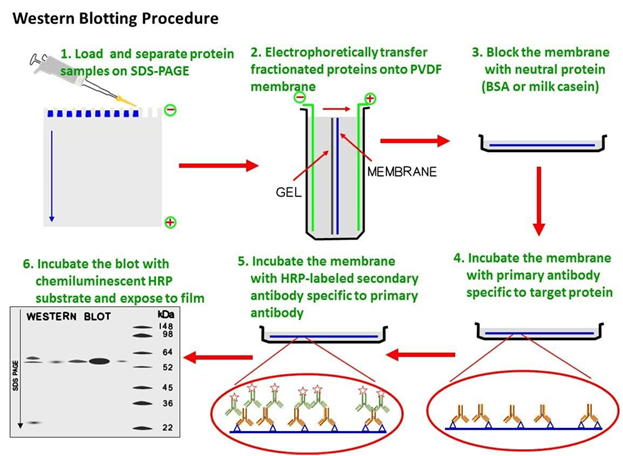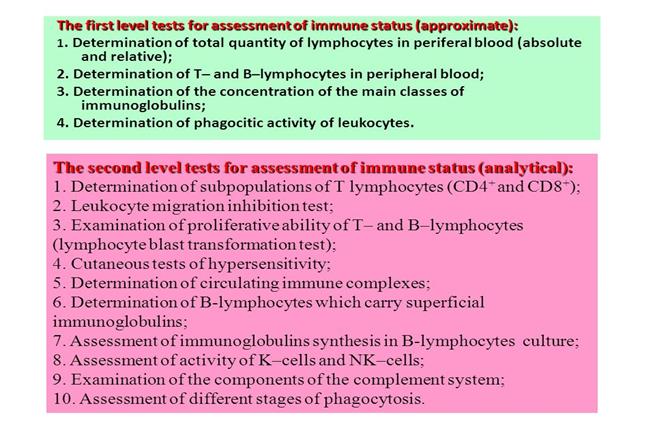
- Автоматизация
- Антропология
- Археология
- Архитектура
- Биология
- Ботаника
- Бухгалтерия
- Военная наука
- Генетика
- География
- Геология
- Демография
- Деревообработка
- Журналистика
- Зоология
- Изобретательство
- Информатика
- Искусство
- История
- Кинематография
- Компьютеризация
- Косметика
- Кулинария
- Культура
- Лексикология
- Лингвистика
- Литература
- Логика
- Маркетинг
- Математика
- Материаловедение
- Медицина
- Менеджмент
- Металлургия
- Метрология
- Механика
- Музыка
- Науковедение
- Образование
- Охрана Труда
- Педагогика
- Полиграфия
- Политология
- Право
- Предпринимательство
- Приборостроение
- Программирование
- Производство
- Промышленность
- Психология
- Радиосвязь
- Религия
- Риторика
- Социология
- Спорт
- Стандартизация
- Статистика
- Строительство
- Технологии
- Торговля
- Транспорт
- Фармакология
- Физика
- Физиология
- Философия
- Финансы
- Химия
- Хозяйство
- Черчение
- Экология
- Экономика
- Электроника
- Электротехника
- Энергетика
Mechanism of anti-viral immune response.
CLASS 10
Topic: Immune response against viruses. Characteristic features of immune response against protozoa and helminthes. Diagnostic serological reactions: Hemagglutination inhibition (HI) test, Neutralizing (Nt) test.
Questions to be discussed:
1. Mechanism of anti-viral immune response.
2. Characteristic features of anti-protozoal immunity.
3. Characteristic features of anti-helminthes immunity.
2. Serological reactions used for virus identification and anti-viral immunity evaluation (Nt test, HI test).
Practical tasks:
1. Fill in a table of protective mechanisms of anti- bacterial and anti-fungal immunity.
| Type of microbe/ surface antigens | Innate immunity factors | Acquired immunity factors | Mechanisms of immune escape |
| Viruses | |||
| Protozoa | |||
| Helminthes |
2. Explain mechanisms of toxin and virus neutralization tests:


3. Explain mechanism of Hemagglutination inhibition test:


| 
|
Teacher’s signature __________________
Mechanism of anti-viral immune response.

Immune response against protozoa and helminthes

Date__________________
CLASS 11
Topic: Immunological reactions with labeled reagents (RIA, IF, ELISA, Western Blot), their application. Immunity status of the human body.
Questions to be discussed:
1. Immunological reactions with labeled reagents, their advantages.
2. Immunofluorescence tests, advantages and disadvantages of direct and indirect tests.
3. Enzyme immunoassays (EIA, ELISA), types of ELISA (sandwich, capture, competitive).
4. Immunoblotting techniques (Western Blot).
5. 1. Immunity status of the body, definition, stages of evaluation.
6. 2. 1st and 2nd level tests of the immunity status evaluation.
Practical task:
1. Draw charts of direct, indirect, and competitive ELISA, using the following symbols:
u - antigen;
Y - specific antibody;
¥ - anti-immunoglobulin (secondary antibody);
E - enzyme label.
☼ -fluorescent dye
X- isotope
1. Draw a chart of the direct and indirect immunofluorescent and Elisa tests.
| Direct IFA | Indirect IFA |
| Direct “sandwich” ELISA | Competitive ELISA |
- Draw a chart of the Western blot for patient’s anti-HIV antibody, used as confirmation test for diagnosis of HIV-infection - Fig. 3.
| gp 160 | 
|
Blotting onto NC paper |
Incubation with patient’s serum |
Incubation with secondary Ab labeled with enzyme and conversion of the substrate | ||||||||||||
| gp 120 | 
| |||||||||||||||
| р 61 | 
| |||||||||||||||
| gp 41 | 
| |||||||||||||||
| р 24 | 
| |||||||||||||||
| р 17/18 | 
| |||||||||||||||
| р 7/9 | 
| |||||||||||||||
| A | B | C | D |
Fig. 1. Western blot. A, distribution of the HIV antigens (Ags) separated by gel electrophoresis.
B, Ags blotted onto nitrocellulose paper. C, Strip of NC paper treated with patient’s serum. D, Strip of NC paper treated with conjugated anti-human serum. Enzyme conversion of the substrate identifies the presence of antibody to several HIV proteins.
Conclusion: _________________________________________________________
____________________________________________________________________.

3. Explain the mechanism of free-flow cytofluorimetry, used for immune status evaluation.

4. Fill in a table with the tests used for immunity status evaluation.
|
Immune status tests | 1st level tests | 2nd level tests |

|
|
|
© helpiks.su При использовании или копировании материалов прямая ссылка на сайт обязательна.
|


